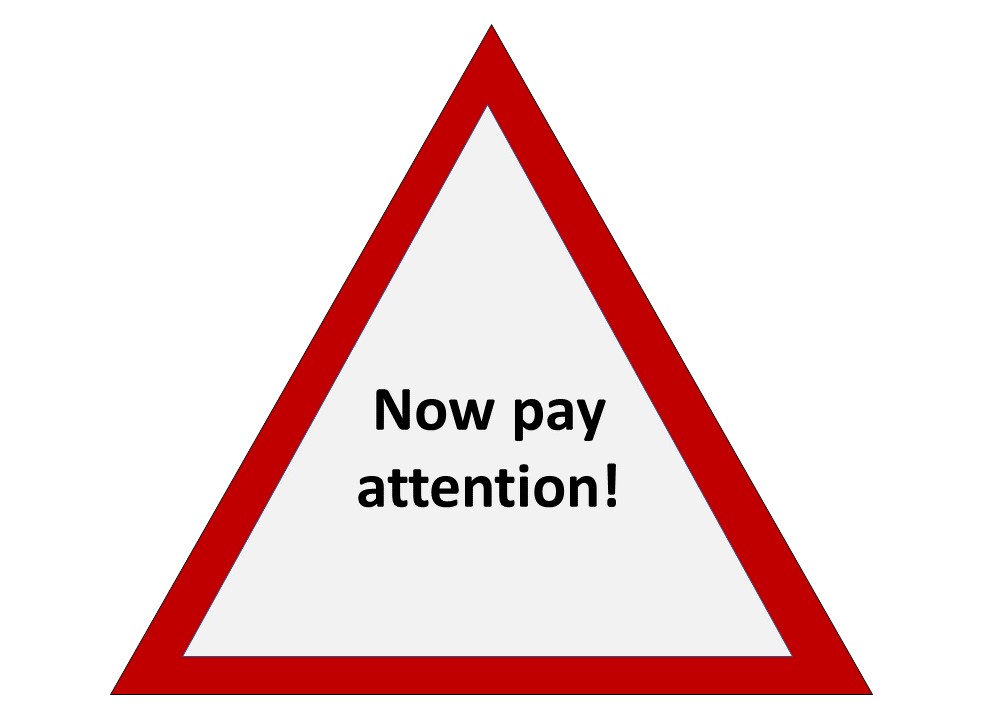 You may have come across the phrase ‘Where attention goes, energy flows’. From an Alexander Technique perspective, choosing where and how you pay attention is key; it’s one of the core skills of this practical self-development and self-care method. You learn how to direct your attention, and therefore your energy, more effectively. This enables you to live your life without causing so much unnecessary stress and strain – physical and mental.
You may have come across the phrase ‘Where attention goes, energy flows’. From an Alexander Technique perspective, choosing where and how you pay attention is key; it’s one of the core skills of this practical self-development and self-care method. You learn how to direct your attention, and therefore your energy, more effectively. This enables you to live your life without causing so much unnecessary stress and strain – physical and mental.
Through the Alexander Technique our intention tends to become clearer over what it is that we want and don’t want – allowing us to move out of habit mode. The intention will inform where and what we can most usefully pay attention to in the current moment. This attention is given by the whole of ourself, and not just through the spotlight of the mind’s eye. If we only pay attention to the immediate task in hand, it becomes a problem. If all your attention (and therefore energy) flows in the direction of the phone or laptop screen that you are looking at, then the whole of you will be pulled towards it. Whereas, if you can maintain a broader awareness of yourself in the surrounding environment then you’re much more likely to retain some poise and presence while you go about your task.
We evolved as mind-body beings to live in a world that is rather different to the one we now find ourselves in. Our world is now too complex for us to be able to thrive on automatic pilot, when our everyday actions are guided subconsciously according to our habit. FM Alexander found a way of bringing conscious embodied intelligence to current ways of living. His method is simple yet challenging as it goes against everything we are used to. He once commented that applying his method is the most mentally challenging activity that anyone can ever undertake. That claim is perhaps surprising given that he spent his entire life spreading the message of the indivisibility of the mind-body self – such that nothing is entirely ‘physical’ nor ‘mental’.
It’s notoriously difficult to convey Alexander thinking through words alone. Terms such as ‘intention’ and ‘attention’ can be tricky, as the same word can have different meanings for different people. This is where Alexander lessons come in – the experience can clarify the words and, equally, the spoken guidance can inform the experience.
In the meantime, here are some terms that might give a flavour of the quality of thinking that is Alexander intention:
- Clear
- Wishing
- Setting a direction
- Open to change
- Spacious
- Generous
And perhaps these words will give some idea of the quality of Alexander attention:
- Embodied
- Three dimensional
- Non-judgemental
- Compassionate
Having an intention might look a bit different to the process of simply ‘making a decision’. Let’s take an example of supposing you think you would like to do more exercise. Unlike setting your intention, a decision is likely to be more rigid in its quality and less open to other possibilities e.g. “I’m going to go running three times a week, no matter what!” You might enjoy initial and continued success – or you may fail at the first unanticipated hurdle. How might this look different with Alexander intention? You also have a clear wish to do more exercise but it’s not ‘at any cost’ – there’s no pushing through the pain. You pay attention to how you’re doing the exercise. You’re always open to new possibilities and might find, for example, that you prefer walking to running and therefore do more because you enjoy it. As a result, you have a greater chance of getting what you want – you might just discover in the process that what you really want is slightly different to what you initially thought.
So, give yourself time to form your intentions, direct your attention with your whole mind-body self, and develop your self-awareness to guide the journey.

